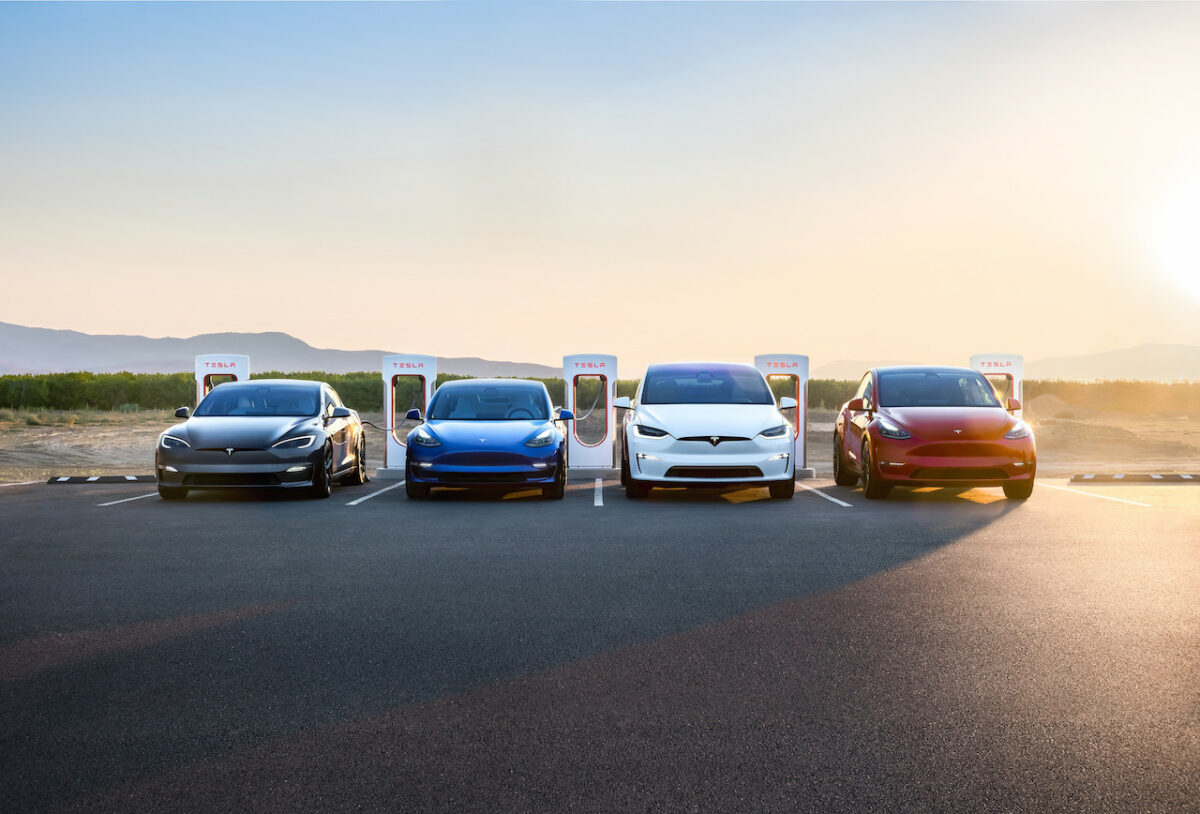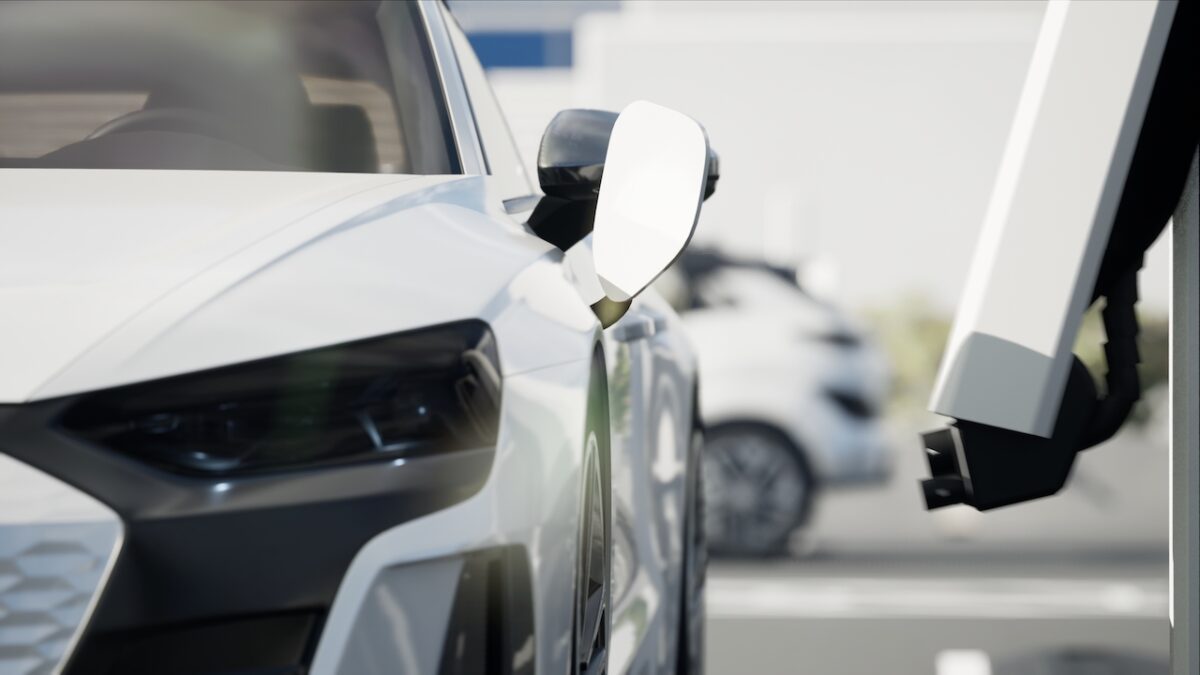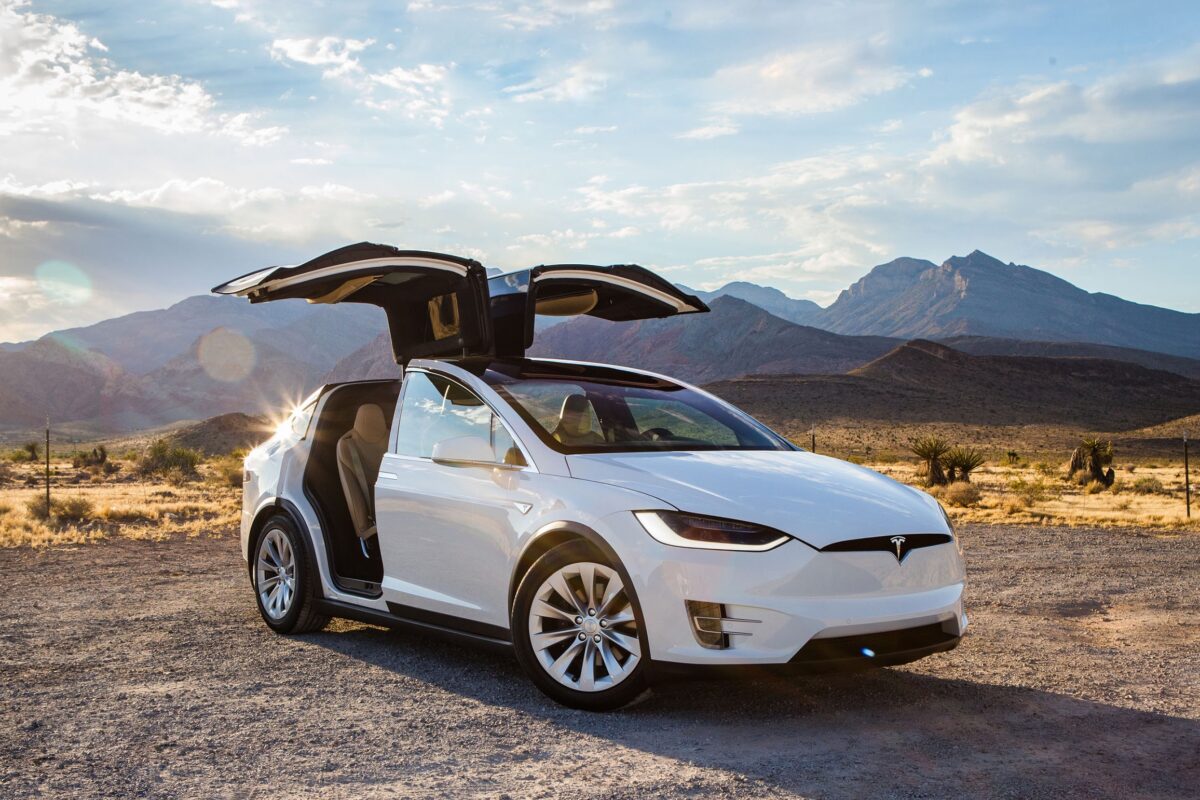A period of unprecedented change looks set to roll on for the next few decades, transforming vehicles that were once powered by fossil fuels and driven by a human, to electrically-powered shuttles without steering wheels.
With an automaker, global supplier, research institute and veteran industry consultant on the panel, the opening session of M:bility | Europe, a two-day event organised and hosted in Stuttgart by Automotive World, was well set to investigate the topic from all angles.
One subject that prevailed throughout was the changing role of the automaker. Having focussed almost exclusively on ‘cars sold’ for the last century, manufacturers are expected to embrace revenue sourced through ‘miles driven.’ As Philipp Kemmler-Erdmannsdorffer of Chinese EV manufacturer NIO suggested: “I strongly believe that automakers will change from being purely producers of a product to enablers of mobility.”
And if current commitments hold true, many of those vehicles will operate as part of a shared autonomous fleet.
Remove the driver, ramp up the profits
Part of the attraction in running a fleet of driverless vehicles is fairly straightforward: no driver means a significant reduction in employment-related expenses. Today, several drivers are often required to operate across several shifts, which can rack up operational costs when scaled across a fleet.
Airline revenue has increased exponentially over the last 20 years, but profits have not. Why should that be any different in the mobility space?
By removing the driver, the model suddenly begins to make real sense. “The ride-hailing business model needs automation in order to create profit pools,” observed Amit Agrawal, a Ph.D researcher at the imfo, BMW’s independent Institute of Mobility Research.
But profits are not guaranteed when it comes to mobility on demand; the closure of Ford’s Chariot operations and scale back of GM’s Maven are testament to this. Wolfgang Bernhart, Senior Partner at Roland Berger, pointed to other industries for reference. “Airline revenue has increased exponentially over the last 20 years, but profits have not. Why should that be any different in the mobility space?” he mused.
But will AVs exacerbate congestion?
There is much debate around the levels of autonomous driving laid out by the Society of Automotive Engineers (SAE), but the overriding sentiment of the conference was that Level 4 automation holds the most promise. “I am pretty much convinced that we will see many Level 4 enabled cars on the street in 2030,” said Kemmler-Erdmannsdorffer.
Even during the short period in which autonomous driving has been in mainstream testing, the technology would appear to have progressed significantly. However, phrases such as ‘just round the corner’ are no longer being bandied around. “When it comes to automated driving there is still a way to go,” said Jürgen Bilo, Managing Director of co-pace GmbH, Continental Automotive’s start-up incubator.
Bilo added that contrary to popular opinion, autonomous vehicles (AVs) could in fact exacerbate traffic congestion: not only will there be more vehicles on the road, but people will want to travel more frequently. “Autonomous driving does not necessarily solve the traffic issue in urban areas. Of course we see automated ride-hailing and ride-sharing coming, but the overall traffic system must be optimised,” he added.
A range of limitations
The megatrends often represented by the acronym CASE (connected, autonomous, shared, electric) look set to revolutionise the way people and goods move. However, the outcome is not cut and dry, and the event in Stuttgart aimed to gain clarity on how society may benefit down the line. As can be expected, there will be numerous barriers facing the adoption of CASE mobility.
Continental’s Bilo suggested that updating city infrastructure to cater for EVs and AVs could be a significant sticking point. Legislation and regulations will also “pose limitations,” he suggested. In addition, e-mobility could be impacted by the availability of raw materials required to produce EV batteries. “One of the limiting factors will be the resourcing of materials,” agreed NIO’s Kemmler-Erdmannsdorffer. “Magnesium supplies are limited, and very difficult to recycle currently,” he added.
We foresee regulations moving from the paradigm of air pollution to the politics of space and its usage
On a technical basis, Agrawal suggested that regional variations will cause global players to make a wide spread of investments. Technology designed for one market may not be applicable for another, and that will only slow developments, he explained: “For example, a car designed in Germany may not be able to function in the Middle East.” This is already true for new vehicles today, with manufacturers typically designing market-specific variants depending on geography, cost sensitivity and regulatory restrictions.
The cost of developing dedicated CASE vehicles for several different markets would be significant. Instead, most will target scalable platforms that can be used with limited adaptation in various regions—something on which both Volkswagen and Volvo Cars in particular have already made fair progress.
Choose your partner(s)
Manufacturers will not only handle sky-high investment costs by developing scalable products. Those products will also be built in partnership with the assistance of outside expertise, be it with existing competitors or players from entirely separate markets.
“If you look at the CASE acronym, it would be fine to replace ‘connected’ with ‘collaboration’,” Agrawal explained. “One player cannot go it alone, and there will be alliances across the fence.”
Consider the Ford-Volkswagen alliance and Daimler-BMW mobility joint venture as prime examples, but numerous other tie-ups have illustrated the challenge of going solo when pursuing future mobility.
Alternative propulsion: a one horse race?
The overwhelming expectation from the event was that battery electric vehicles (BEVs) will take the mass market by 2030, with plug-in hybrids also holding strong.
Scandals involving diesel emissions testing have opened up an opportunity for BEVs to sell their case, noted Kemmler-Erdmannsdorffer. “Thanks to Dieselgate, the deck has been shuffled,” he said. “This will allow new technologies to hit the street.”
EVs have also gained a clear lead on hydrogen fuel cells to date, although from a commercial vehicle perspective, the opposite is true. “I love hydrogen technology,” said Kemmler-Erdmannsdorffer. “It’s clean and a nice way to have the car refuelled, but how can three conversions of energy be the most efficient approach? I don’t see the technology taking off in a big way with passenger vehicles over the next ten to 20 years.”
Autonomous driving doesn’t necessarily solve the traffic issue when it comes to urban areas
On the other hand, said Bilo, “BEVs will take the mass market.” Agrawal suggested that battery prices of around US$90kwh should be a turning point for mass EV adoption.
From clean air to green space
Accurately forecasting how the future of mobility may look is no mean feat when existing trends are in such a state of flux. There is also little clarity as to how or when certain technologies may successfully be deployed. Events such as M:bility | Europe are in part an effort to gauge expectations, but also an opportunity to hear first hand what is going on behind the scenes.
A standout takeaway was that by 2030, an extra ‘S’ might be added to the CASE acronym: space. Agrawal believes that on a broad level, the current focus on clean air will eventually shift toward making the most of a city’s available space. As air quality improves, eyes will turn toward the scores of traffic jams and lack of green space in city centres, he concluded.
“Regulators will respect societal attitudes, and we foresee regulations moving from the paradigm of air pollution to the politics of space and its usage,” he said, “and that will require many different modes of transportation.”
This article was featured in Automotive World’s Special report: M:bility | Europe – key takeaways



